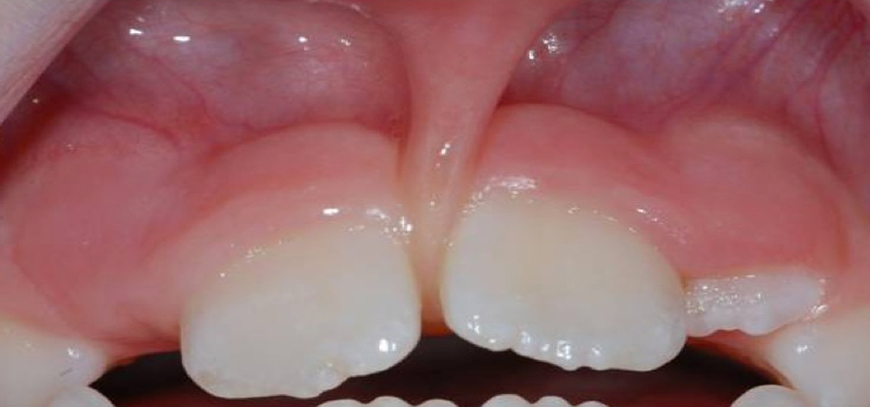Clinic Time:
- Morning: 10 A.M - 2 P.M
Evening: 4:00 P.M - 9 P.M
Contact Info
-
Phone: +91-6261474753
- Send an email
Oral Surgery Frenectomy

A frenectomy is an oral surgical procedure performed to correct the unhealthy shape, size or position of the frenum muscle tissue which connects the tongue, lips and cheeks to the jaw bone. When the frenum is abnormally formed and positioned, such as along the gums or tongue, it may impact teeth alignment and restrict tongue and lip movement for communication.
Who needs a frenectomy?
Most of the time, frenectomies are performed on babies who are having feeding issues or if there are speech concerns. But sometimes, frenectomies are necessary for adults, too. For example, sometimes a frenum can be so tight that it pulls your gums away from your teeth. A frenectomy frees the band of connective tissue, reducing the risk of gaps, gum recession and other oral health problems.
Frenectomy Oral Surgery Procedures
- Dentures: Frenectomy surgery secures dentures for better retention if the frenum is the cause of loose fitting dentures. A prominent frenum dislodges dentures with lip movement. Frenectomy surgery reshapes and repositions the frenum to prevent denture pulling and shifting.
- Tongue Clipping: The frenum tissue or lingual frenum is found under the tongue, and if attached too close to the tongue tip, may impede speech and impact healthy dental development. Sometimes referred to as being ‘tongue tied’, the condition may be identified early in children. A Lingual Frenectomy or ‘tongue clipping’ removes this frenum tissue from below the tongue for unrestricted tongue movement, proper dental development and normal speech.
- Orthodontics: An abnormal oral frenum may be attached and extend above the gums, causing the gums to recede and irregular teeth spacing to develop. Commonly seen between the two top front teeth, a prominent frenum or labial frenum may be removed through labial frenectomy before orthodontic treatment such as Invisalign is used to return teeth spacing and alignment to normal.
Frenectomy Surgical Procedures
Prior to Frenectomy surgery the oral surgeon will explains the procedures involved, including risks, benefits and price. Patients may have their questions answered for understanding of frenectomy surgery before consenting to treatment.
Preparatory procedures include provision of local anaesthetic for pain-free surgery and Intravenous (IV) Sedation treatment where necessary, such as for dental phobia to provide the patient with greater relaxation during surgery.
Frenectomy procedures used to remove or alter the frenum may be with soft tissue laser or a dental scalpel. Laser frenectomy eliminates the need for stitches, reduces bleeding and allows for faster recovery. Frenectomy surgery duration is approximately half an hour and patients soon recover within a fortnight.
Recovery After Surgery
After a frenectomy, you may experience discomfort and swelling in your mouth that can last anywhere from several days to weeks, depending on how extensive the surgery was. Your dentist may recommend using ice packs placed outside your mouth near the area of surgery to help reduce swelling and pain during the healing process.
Stick to soft foods like yogurt or mashed potatoes while your mouth heals, as hard foods can cause further irritation and aggravation of surgical sites. It is also important to avoid strenuous activities during recovery so that your mouth has ample time to heal properly before returning to normal activities like sports or exercise programs.

